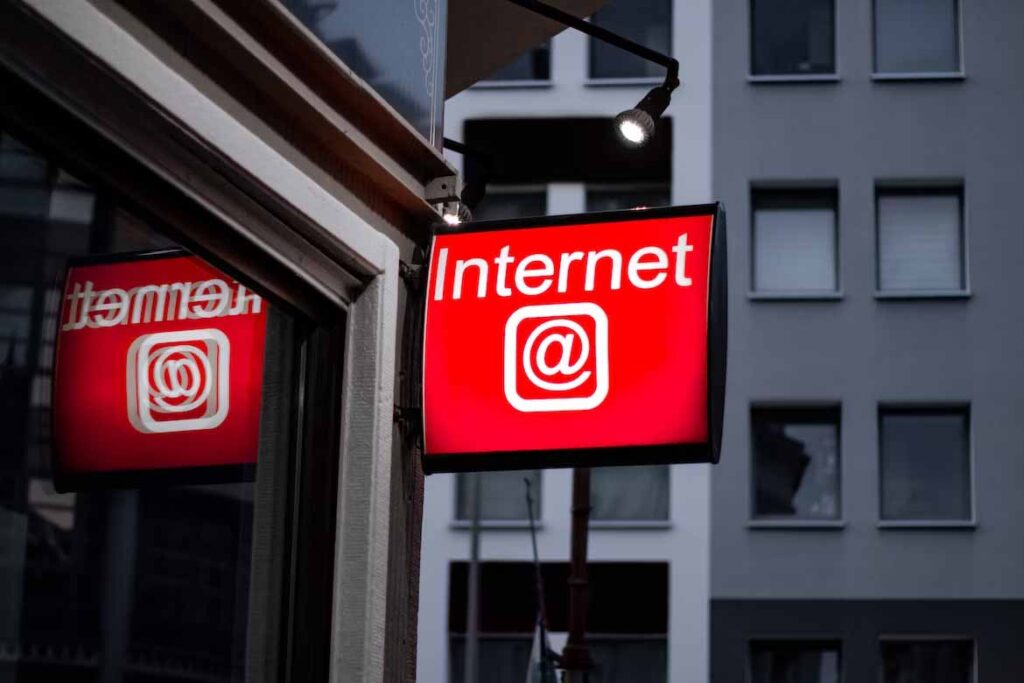Last night, I created an article highlighting the efficiency of using Internet mobile banking for seafarers, especially in managing our finances. I also discussed how we can avoid the hassle of sending our loved ones to endure long lines at ATMs, only to discover that the allotment has not arrived yet.
This time, we’ll be talking about how to ensure the security of our hard-earned money when banking online. Additionally, we will also explore steps to ensure the safety of our personal information.
As someone who used mobile banking apps as soon as some Philippine banks started rolling them out, I quickly ensure that I’m following the best security practices for my account. Much has changed with their features since then but a lot of core security principles stay the same.
10 Mobile Banking Security Tips for Seafarers
The worst nightmare of every seaman is to discover that their bank account has been hacked while in the middle of the ocean. We can’t just fly off to their nearest branch and fix it from there!
While we are still working on board and not replaced by anonymous ships (which is a good thing), the risk for us remains (which is a bad thing).
However, what we can do is strengthen our account and make it robust to prevent hacking in the first place.
Account Security
1. Use Strong and Unique Passwords – Do not use easy-to-guess passwords like birthdays or names. Create one which is at least 6 letters long and a combination of letters, numbers, and special characters. It’s easy to guess DodongSeaman97 than d0D2n5$e@!mAn&7$, right?
2. Enable Two-Factor Authentication (2FA) – 2FA adds an extra layer of security by requiring you to enter a one-time password (OTP) in addition to your password when logging in. Since you could be sailing without signal reception, you can choose to enable OTP via the app.
3. Be careful what information you share online – Identity theft is real nowadays. Do not share your personal information, such as your account number or password, with anyone you do not know and trust. Avoid sharing your salary or that you are using a mobile banking app as this will give scammers ideas.

4. Be Aware of Phishing Scams – Phishing scams are emails or text messages that appear to be from your bank but are actually from scammers. They will try to trick you into entering your personal information, such as your login username and password.
5. Educate Yourself and your Loved Ones on Social Engineering – Someone in your family may receive a call saying that you got into an accident while working on board and badly needs money for treatment. This is obviously a scam and knowing it could save you or your family from falling victim.
6. Stay Informed About Mobile Banking Scams – Online scammers are also getting creative. By knowing what their latest tricks are, you can anticipate their move and know if they are trying to hack your account.
App Security
7. Avoid Public Wi-Fi – Public Wi-Fi networks are not secure and prone to hacking. Avoid using mobile banking when connected to them. Instead, you can use a Wi-Fi network that is password-protected or a mobile data connection.
8. Download Official Banking App – check the reviews and comments in the PlayStore or App Store to verify if it’s the correct app. Also, check the developers, update history, and the number of downloads.
9. Update Apps Regularly – The internet is evolving and new threats are detected every day. Updating your apps also means patching security threats.
10. Verify if the Website is Correct – If you want to use the website instead of their app, look for the padlock in the address bar and read the URL aloud. Watch out for wrong spellings. Also, browse through the site and if you find something suspicious, leave the site quickly.
11. Avoid Using Public Computers or Devices – You may be tempted to do this during shore leave, but don’t! Refrain from accessing your mobile banking app on public computers or shared devices. Even those provided in Seaman’s Centers can be vulnerable.

12. Enable Mobile Banking Alerts – Set up transaction alerts that you will receive via SMS or email to receive real-time notifications for account activities.
13. Enable App Locking – Aside from your phone security, use an app locking feature to add an extra layer of security to your mobile banking app.
14. Set Transaction Limits – I use this feature in my mobile banking app. Setting daily transaction limits prevents large transfers in the event that your account gets hacked.
15. Secure Your Email Account – Your mobile banking app is connected to your email account. Use a strong and unique password for your email account as an added layer of security.
Are you now “Hackproof?”
Just like how we implement ship’s security on board with ISPS reduces the risk of security breaches, applying the security tips above significantly enhances your mobile banking security. However, there is always a risk of getting hacked. In short, no system on earth can be entirely hackproof.
However, following those tips reduces the risk of hacking and falling victim to mobile fraud. As a seafarer, I applied those tips and reviewed my account as well to keep up with the current advancement of cybersecurity.
Still, the convenience it brings outweighs the risks. And knowing that there are thousands or even millions of people using online banking and similar systems, I can’t be their only target, right?
After reading this post, will you stay with the traditional banking that you’ve known or are you confident in the new electronic banking system that rapidly changes how people handle money?
May the winds be in your favor.



0 Comments